Blog page
Recent Post

Magnets in Restaurant Kitchens
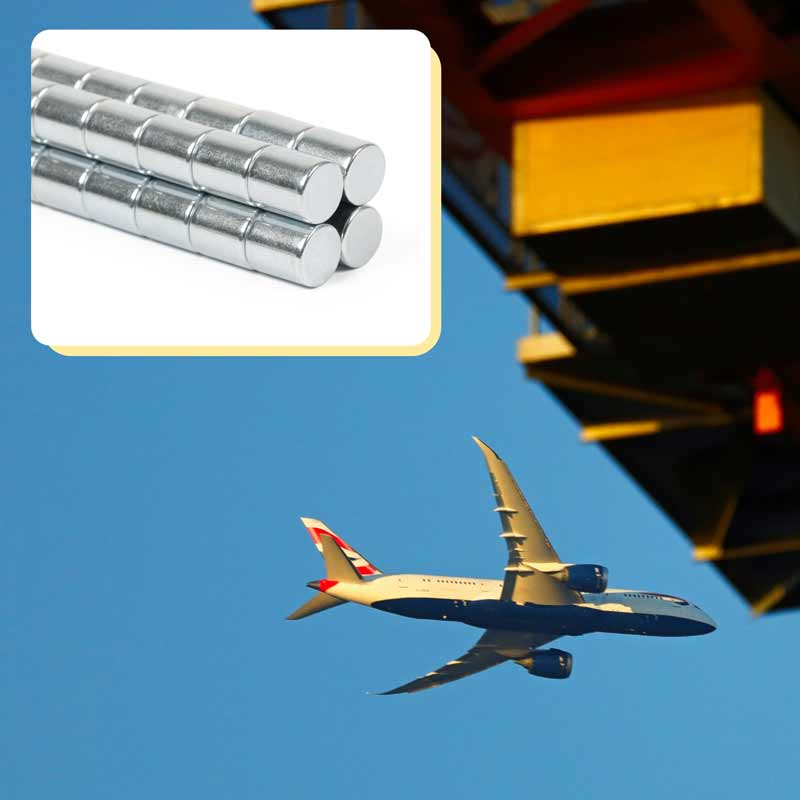
Global supply challenges and HYAB’s role
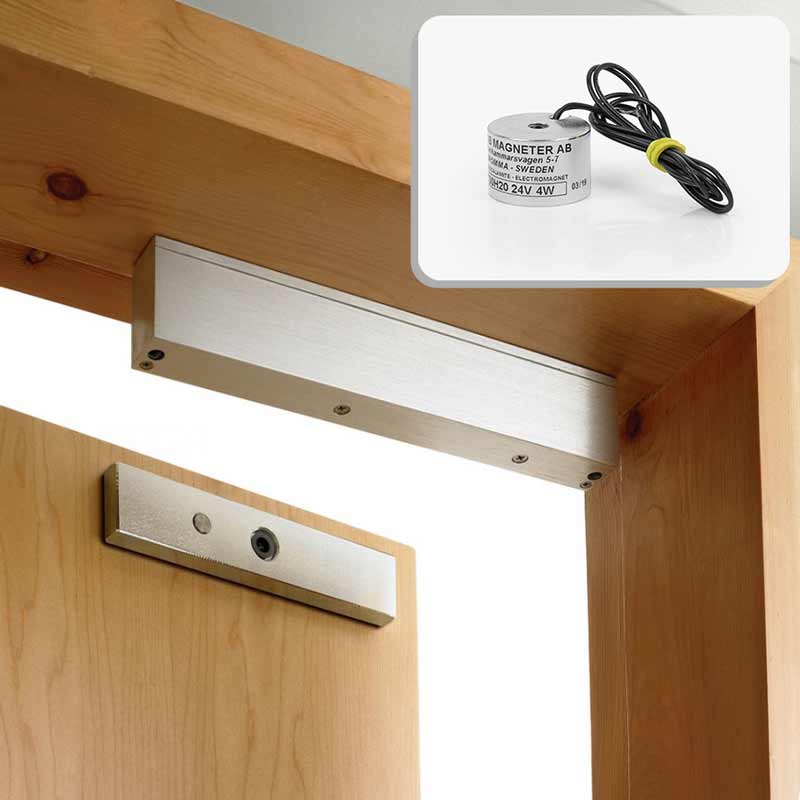
Electromagnets – a more controllable magnet

Magnetic filtration in the process industry
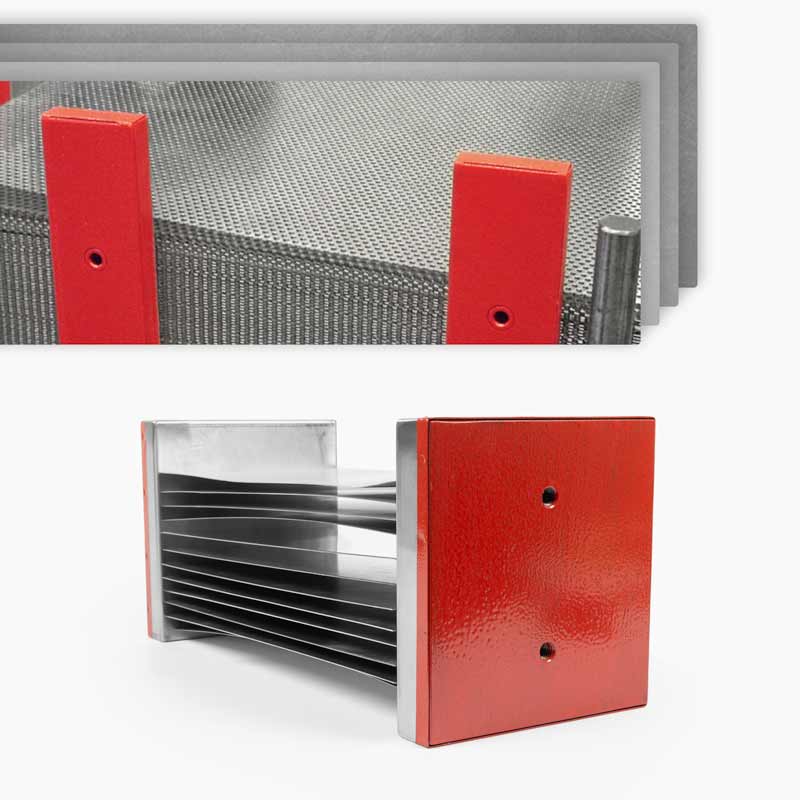
Sheet metal handling – Easier with magnets

Published: 2025-04-15
![]() Daniel Gårdefelt
Daniel Gårdefelt
Magnetic manhole cover opener: MAGLIFT
MAGLIFT is a product that has revolutionized the field of handling and removal of street caps/well caps. It is a magnetic tool that eliminat...
Show more >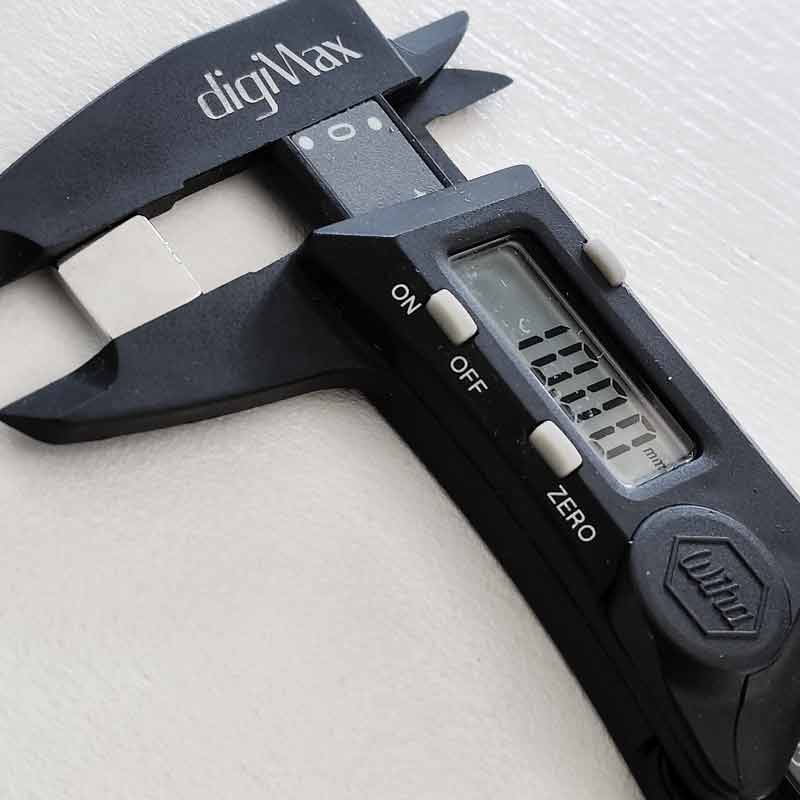
Published: 2023-06-26
![]() Daniel Gårdefelt
Daniel Gårdefelt
Tolerances in magnet manufacturing
In the area of magnet manufacturing, tolerances hold a key role. As measurements defining the acceptable limits of variation in manufactured part...
Show more >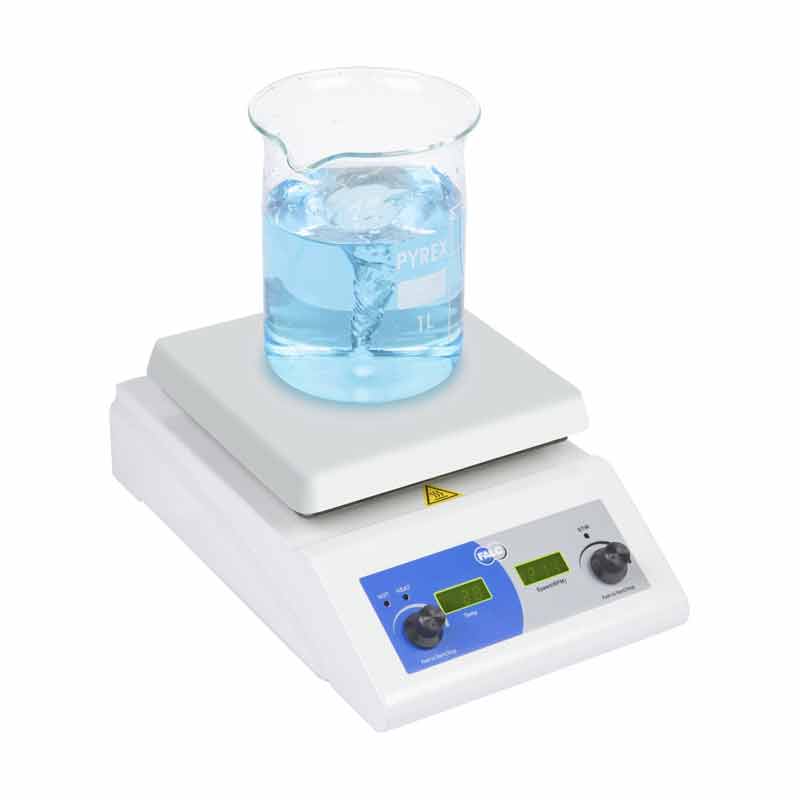
Published: 2023-06-05
![]() Daniel Gårdefelt
Daniel Gårdefelt
The use of magnetic mixers in various industries
A magnetic mixer is made up of a "flea," which is a stirring bar that is put inside a jar with the liquid to be mixed. There is either ...
Show more >
Published: 2023-06-04
![]() Daniel Gårdefelt
Daniel Gårdefelt
The advantages of magnetic screwdrivers in assembly lines
The most important factor when we talk about an assembly line is the speed of assembly. It is important that the product is handled quickly when ...
Show more >
Published: 2023-05-23
![]() Daniel Gårdefelt
Daniel Gårdefelt
Magnets in augmented reality glasses and wearable display technology
The magnetic materials are an important part of the new field of augmented reality (AR) glasses and wearable display technologies. This blog talk...
Show more >
Published: 2023-05-20
![]() Daniel Gårdefelt
Daniel Gårdefelt
A magnetic touch: haptic technology
Haptic technology has the potential to revolutionize human-computer interaction. The magnet is an unexpected part in this story. Today we are loo...
Show more >
Published: 2023-05-18
![]() Daniel Gårdefelt
Daniel Gårdefelt
Magnets in the Field of Space Debris Tracking and Removal
Magnets in the Field of Space Debris Tracking and Removal Space debris, also called "space junk," is becoming more of a problem beca...
Show more >
